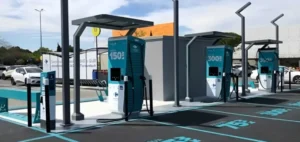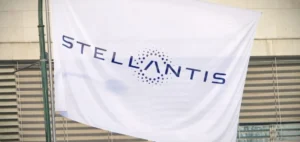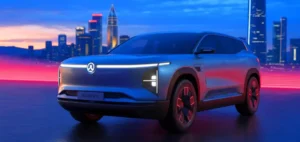A fully electric aircraft completed a real-world cargo flight between Stavanger and Bergen airports in southwestern Norway. The test was conducted by the local branch of the transport operator Bristow, using the Alia model built by American company Beta. The 160-kilometre journey lasted 55 minutes and aimed to assess how this type of aircraft can be integrated into routine commercial freight operations.
A testing campaign running through 2026
The trial campaign, launched in August, is scheduled to continue until January 2026 and is being carried out in close cooperation with Norwegian regulatory authorities. The goal is to identify the necessary adjustments to air traffic and airport ground infrastructure. The flight was conducted under visual flight rules, without instruments, in conditions similar to regular operations. The objective is to obtain technology certification between 2028 and 2030 for commercial deployment.
According to Karianne Helland Strand, a director at Avinor, Norway’s public air transport operator, this marks a first for an electric aircraft on this specific logistics route. The pilot, Jeremy Degagne, confirmed that the aircraft has a range of 400 kilometres, sufficient to complete a round trip without recharging while maintaining a safety energy margin.
Energy stability and no operational stress
The flight served to test both the reliability of the electric propulsion system and its compatibility with existing commercial aviation safety protocols. Jeremy Degagne stated that the experience did not cause particular concern about energy autonomy, often perceived as a barrier for electric vehicles. He noted that aviation imposes the same energy reserve limits as traditional aircraft.
A previous incident in 2019 had drawn attention to the technical challenges of electric aviation. A similar aircraft then experienced a power loss, forcing the then-director of Avinor to make an emergency landing. No injuries were reported.
Norway, already active in the electrification of its road and maritime fleets, is continuing its experiments in the aviation sector. These trials form part of a broader programme of technological innovation in transport, within a global sector facing increasing emissions constraints.






















